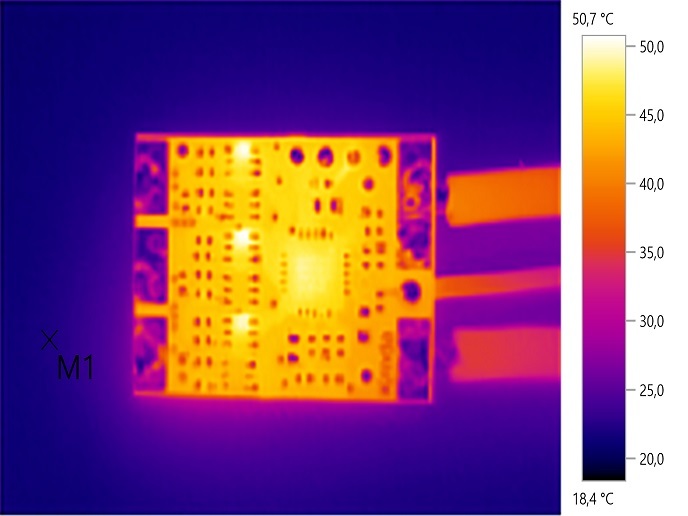Unlocking phonon control
Phonons(opens in new window) are the main heat carriers in solids; the ability to control them opens up new possibilities in how heat is managed and harvested in integrated systems. Phonons can be manipulated in different ways to make the best use of the waste heat released by many different systems on a global scale. “On the other hand, controlling the phonon transport might build up the foundations of a new technology for logic, data storage devices and computing mechanisms utilising phonons in the new field of phononics,” says Eric Langenberg, coordinator for the EU-funded PHONON-VALVE project.
How to manipulate phonons
PHONON-VALVE set out to test the idea that phonon transport can be modulated using an electric field, with ferroelectric(opens in new window) materials as phonon barriers called domain walls. The team aimed to show that electric fields can be used to place these domain walls at different parts of a material and use them as valves through which phonons can be controlled. “The ultimate goal of the proposal was to find out if domain walls do actually reduce the phonon propagation,” outlines Langenberg. “If so, ferroelectric materials can be considered as excellent candidates to be used in novel phononic devices.” PHONON-VALVE started by designing a wide variety of ferroelectric domain wall patterns in the same ferroelectric material but in different densities. The researchers grew thin films of ferroelectric material using a process called strain engineering. The team then measured the thermal conductivity of the ferroelectric thin films; they were able to determine the effects of ferroelectric domain walls on the propagation of phonons. They found that the domain walls had a significant effect on the conductivity of the thin films, much greater than that of other materials.
Creating phononic circuits
The researchers measured the thermal conductivity of the ferroelectric thin films while applying an electric field. They found that the domain walls in the films are electrically very malleable, irrespective of the type of domain wall. The researchers achieved a 61 % reduction of the room-temperature thermal conductivity, compared to the single-domain scenario. “In other words, ferroelectric domain walls can be as effective as other types of interfaces when it comes to inhibiting the phonon transmission, but with the key advantage that they can be electrically modified,” explains Langenberg. In this way, PHONON-VALVE researchers demonstrated that under certain conditions, electrically written domain walls can be stable for several days, an important result for the future non-volatile phononic applications. These findings demonstrate the potential and suitability of ferroelectric materials as active barriers to control the thermal transport in phononic devices. “The next step will be applying for funding to continue exploring this novel research line that aims to control the phonon propagation using electric fields,” Langenberg concludes. “In particular, I am considering applying for ERC(opens in new window) funding to lead a research group in phononics and ferroic materials.”







